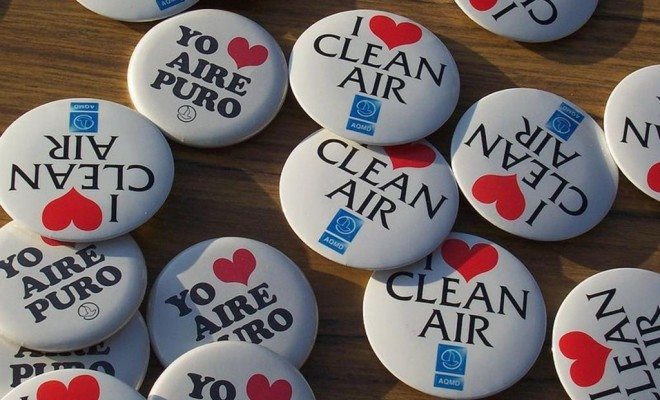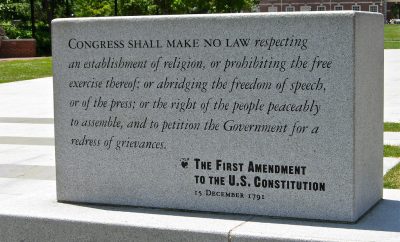
News
U.S. Supreme Court Agrees to Review Interstate Air Pollution Rules
The EPA has been given a second opportunity to defend the “Transportation Rule” and its attack on interstate air pollution. The Clean Air Act defines the EPA’s responsibility to regulate and maintain the nation’s air quality, and an important part of that is setting the National Ambient Air Quality Standards (NAAQS). Each state is responsible for finding a way to meet these standards, however, natural wind patterns often transport air pollution across states, making compliance harder for some states than others.
The “good neighbor” provision of the Clean Air Act makes upwind states responsible for air pollution that travels downwind and prevents these states from meeting NAAQS. Furthermore, the EPA has outlined the steps (Federal Implementation Plans) in which these 28 upwind states must follow in order to reduce air pollution so that the downwind states are able to meet standards.
The Supreme Court will address three main issues in relation to the Transportation Rule: Whether the Court of Appeals had jurisdiction and properly struck down the Federal Implementation Plan’s rules, the reasonableness of EPA’s interpretation of the “good neighbor” provision of the Clean Air Act, and whether the Court of Appeals’ reasoning disrupts EPA’s approach to managing the Clean Air Act.
[See Full Article: JDSUPRA]
—
Featured image courtesy of [NGerda via Wikipedia]








Comments